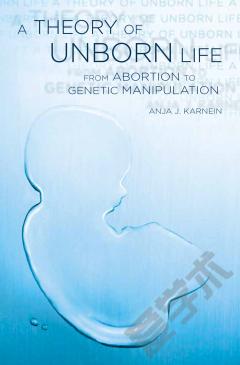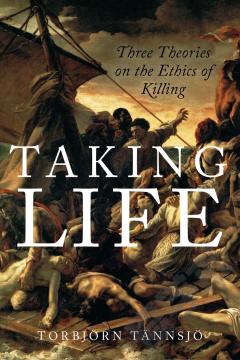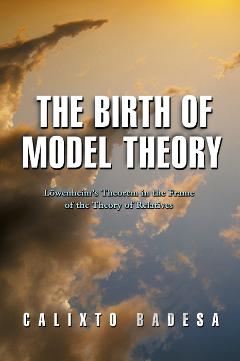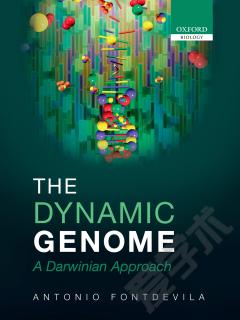A Theory of Unborn Life —— From Abortion to Genetic Manipulation
----- 未诞生生命理论:从堕胎到基因操控
Table of Contents Introduction Part I: Creation and Destruction Chapter One - Embryos and Future Persons 1. Protecting Persons 2. Why Birth Matters 3. The Moral Value of Embryos that will be Born 4. The Moral Value of Embryos that will not be Born 5. Conclusion Chapter Two - The Human Dignity of Embryos? The German Case 1. The German Abortion Debate 2. Embryo Protection in Tort and Criminal Law 3. The Law for Protecting (Some) Embryos 4. The Stem Cell Law 5. Conclusion Chapter Three - The Moral Anonymity of Embryos: The American Case 1. The U.S. Abortion Debate 2. Tort Law: Prenatal Injury Cases 3. Criminal Law and the Fetus 4. Artificial Reproductive Technologies and Stem Cell Research 5. Conclusion Part II: Selection and Manipulation Chapter Four - The Limits of Reproductive Choice and Distributive Justice 1. Championing Procreative Liberties: John A. Robertson 2. Embracing Scientific Advance: Ronald Dworkin 3. Insuring Equal Opportunity: Buchanan et al. 3.1. Genetic Manipulation, Justice, and Our Moral System 3.2. Limiting Parental Powers: Respecting a Child's Right to an Open Future 3.3. The Danger of Intergenerational Domination 4. Conclusion Chapter Five - Troubling Intuitions: Jurgen Habermas and the Dangers of Changing Human Nature 1. Habermas's Rejection of Liberal Eugenics 2. Irreversibility, Responsibility, and Appropriate Attitudes 3. The Anthropological Foundation of Morality 4. Conclusion Chapter Six - Future Persons and their Independence 1. Precarious Intergenerational Relationships 1.1. The Non-Identity Problem 1.2. Determining the Nature of Intergenerational Relationships 2. The Importance of Independence 2.1. Natural and Substantial Independence 2.2. Independence and Disability 2.3. Independence v. the Significance of Dependence 2.4. Independence v. Autonomy 2.5. Independence as a Non-Contingent Notion 2.6. Independence and the Future of Morality 3. Who is Responsible? Exculpating Parents 4. Conclusion Bibliography Index
{{comment.content}}








 京公网安备 11010802027623号
京公网安备 11010802027623号